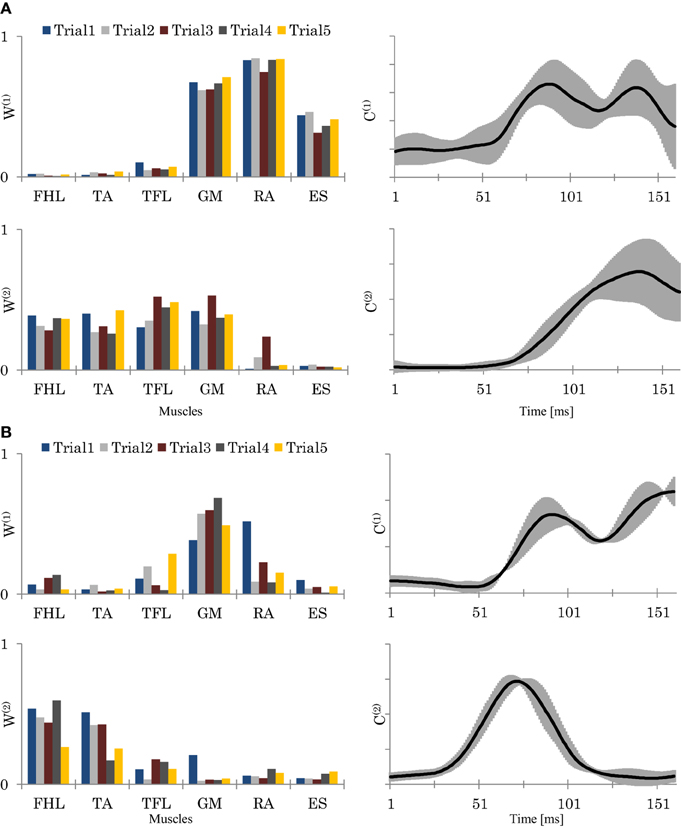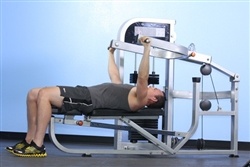
The present study concerns the neuromuscular adaptation of running, to provide a better understanding of the fundamental control of human locomotion. Moreover, locomotor behaviors change in response to changes in geographical factors, including the surface and slope of the ground 3. Locomotor behavior during running usually changes depending on the running speed (i.e., jogging and sprinting) 2. Running is one of the modes of human locomotion and is generally considered a distinct locomotor mode with strikingly different mechanics from walking 1.

These results suggest that types of synergy are consistent between level and uphill running. At each running speed, inter-condition similarity was observed in synergy vector ( r > 0.83) and synergy activation coefficients ( r > 0.84) at each type of synergy. Approximately 4 muscle synergies controlled the majority of variability in 10 EMGs during running, and were common between level and uphill conditions. The scalar product between pairs of synergy vectors and synergy activation coefficients during level and uphill running conditions were analyzed as a similarity index, with values above 0.8 recognized as similar.

Muscle synergies were extracted applying a non-negative matrix factorization algorithm, and relative co-activations across muscles and the temporal recruitment pattern were identified by muscle synergy vector and synergy activation coefficient, respectively. Surface electromyographic (EMG) signals were recorded from 10 muscles of the lower limb, including deeper muscles such as vastus intermedius, adductor magnus, and adductor longus. Eight subjects ran on a treadmill at three speeds (2.5, 3.3, and 4.1 m/s) and two grades (level and 10% grade). This study aimed to identify muscle synergies of the lower limb during treadmill running on level and inclined ground.


 0 kommentar(er)
0 kommentar(er)
